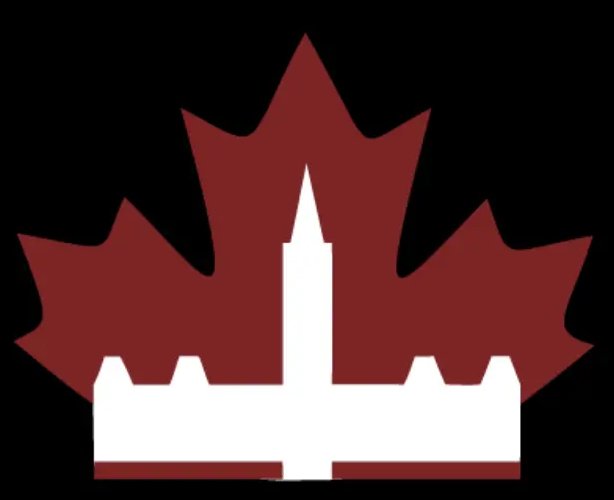The image is an infographic titled “The Liberal’s Broken Promise: Electoral Reform” that displays a vertical timeline with colored dots and information boxes chronicling electoral reform events in Canada.
The timeline shows six key events:
-
June 2015 (pink dot): Campaign Promise - Justin Trudeau pledges: “We are committed to ensuring the 2015 election will be the last election using first-past-the-post.”
-
October 2015 (blue dot): Election Victory - Liberals win a majority government with 39.5% of the popular vote, securing 184 seats (54% of the House of Commons).
-
June 2016 (light blue dot): Special Committee Created - The Electoral Reform Committee (ERRE) is established to study options. The committee conducts consultations across Canada.
-
December 2016 (red dot): Committee Recommendations - The ERRE recommends proportional representation. 88% of electoral experts consulted favoured proportional representation.
-
February 2017 (blue dot): Promise Abandoned - PM Trudeau abandons electoral reform, claiming “no consensus” despite clear committee recommendations and public consultations.
-
October 2024 (black dot): Looking Back - Trudeau admits he should have “immediately shut down talk about proportional representation” and that Liberals were “deliberately vague.”
Below the timeline is a “Key Statistics” box showing:
- 63% of voters cast ballots for parties promising electoral reform
- 80% of town hall participants asked for proportional representation
- 71% wanted parties to govern together
The infographic includes a Creative Commons license icon in the bottom left corner and a QR code in the bottom right. The footer cites sources: House of Commons Special Committee on Electoral Reform, Fair Vote Canada, Policy Options.


OP does realize that it is possible to be equally frustrated at the minority parties right?
The NDP has broken my trust with their poor performance as of late. Ditch Singh as a leader, and I’ll be on board with the party again. Singh’s lack of effective leadership skills as a party leader would NOT translate well if it came to him being a COUNTRY leader.
Also the Green party broke my trust with all the backdoor nonsense they had to elect Annamie Paul as party leader when it was clear as day Dimitri Lascaris had better skills as party leader. While they’ve been winning me back a little seeing Pedneault’s performance as a co-leader, May still being the main leader of the party is a hard sell seeing how her work in getting Paul elected as leader literally ended up fracturing the party.
I hear you on leadership frustrations - that’s completely valid. But I think we’re conflating two different issues here.
Electoral systems are separate from party leadership. The beauty of proportional representation is that it actually gives voters more power to hold parties accountable, not less.
Under PR systems like STV, you could vote for NDP candidates you respect while avoiding Singh if you wanted. Or support certain Green candidates but not May. That’s because PR gives voters more nuanced choices rather than forcing all-or-nothing decisions.
The current winner-take-all system is precisely what traps us with leadership we don’t fully support. It forces us to accept entire party packages because our electoral districts only elect one representative.
I’m not asking you to support any particular leader - I’m suggesting we fix the system that limits our choices. With PR, we’d have more parties, more diverse voices, and more accountability for leaders who aren’t performing.
What if you could vote your actual preferences instead of being trapped in this system that makes us settle?